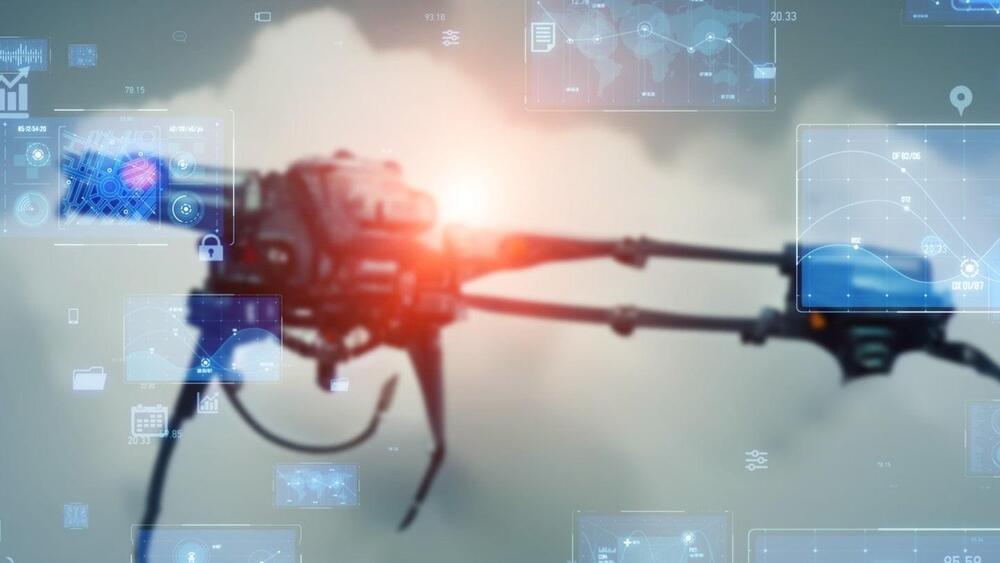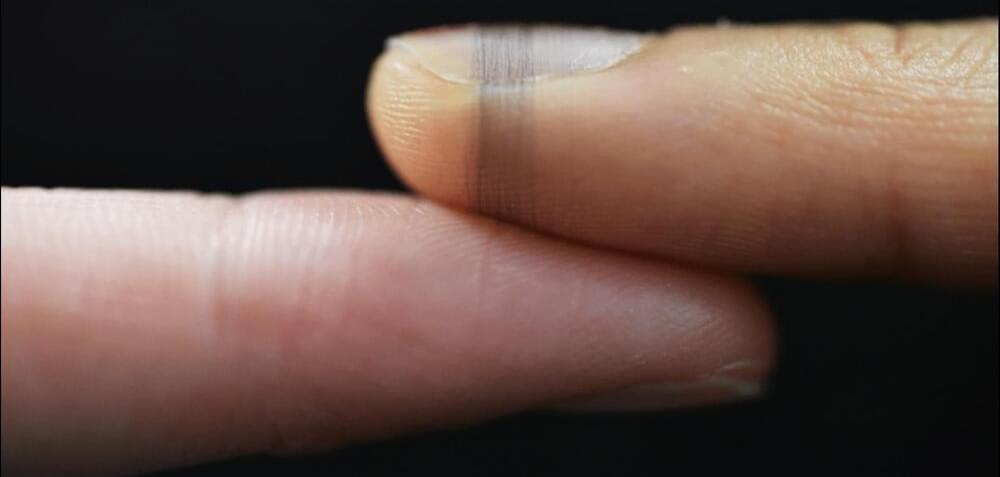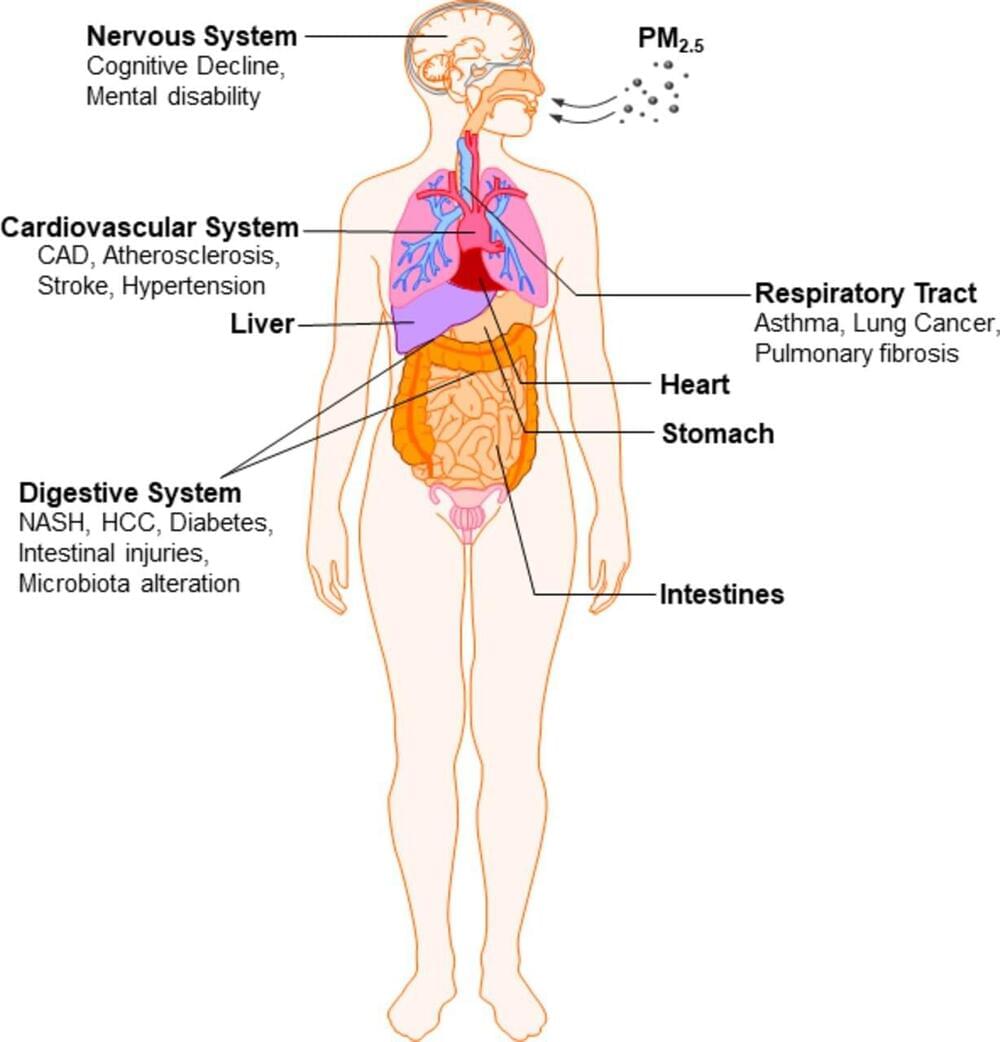Think thank SIPRI and GlobalData analysts unpack how the use of AI by the militaries raises an urgent need for regulation.



The MITRE Corporation has revealed that the cyber attack targeting the not-for-profit company towards late December 2023 by exploiting zero-day flaws in Ivanti Connect Secure (ICS) involved the actor creating rogue virtual machines (VMs) within its VMware environment.
“The adversary created their own rogue VMs within the VMware environment, leveraging compromised vCenter Server access,” MITRE researchers Lex Crumpton and Charles Clancy said.
“They wrote and deployed a JSP web shell (BEEFLUSH) under the vCenter Server’s Tomcat server to execute a Python-based tunneling tool, facilitating SSH connections between adversary-created VMs and the ESXi hypervisor infrastructure.”

It’s currently not clear how these bogus websites are distributed, but similar campaigns in the past have employed techniques such as malvertising and search engine optimization (SEO) poisoning.
Stealer malware have increasingly become a common threat, with cybercriminals advertising numerous custom variants with varying levels of complexity. This includes new stealers like Acrid, SamsStealer, ScarletStealer, and Waltuhium Grabber, as well as updates to existing ones such as SYS01stealer (aka Album Stealer or S1deload Stealer).
A hacker has defaced the website of the pcTattletale spyware application, found on the booking systems of several Wyndham hotels in the United States, and leaked over a dozen archives containing database and source code data.
As Vice reported three years ago, this stalkerware app was also found leaking real-time screenshots from Android phones.
Described by its developers as an “employee and child monitoring software,” pcTattletale is a consumer-grade spyware solution that was leaking guest details and customer information captured from the hotels’ check-in systems because of an API security vulnerability, according to TechCrunch.

Fiber sensors conform to skin:
In another scientific marvel inspired by the wonder that is spider silk, researchers have developed an innovative method to create adaptive and eco-friendly sensors that can be seamlessly and invisibly printed onto various biological surfaces, such as a finger or a flower petal.
This breakthrough in high-performance bioelectronics allows for the customization of sensors on a wide range of surfaces, from fingertips to the delicate seedheads of dandelions, by printing them directly onto them.

Fine air particles, less than 2.5 micrometers in diameter (PM2.5), are a major air pollutant linked to various health problems. These particles can travel deep into the lungs and even enter the bloodstream when inhaled. Recent research suggests a major health concern: PM2.5 exposure can also damage the digestive system, including the liver, pancreas, and intestines.


A secure method for cloud-based quantum computing harnesses the power of quantum physics to keep data confidential.
Progress in quantum technology has been swift, but we still are far from the day when everyone will have a quantum computer in their house or at their business. The early stages of quantum computing will likely rely on a quantum version of the “cloud,” where users send data and computing tasks to a state-of-the-art quantum machine hosted by Google, IBM, or another company. But is that approach secure? It can be, thanks to the impenetrable secrecy of quantum-based protocols. A recent experiment demonstrates a version of “blind quantum computing” using trapped ions [1]. The protocol is scalable, meaning it offers potential to be incorporated into larger and larger quantum computing systems.
Quantum computers have the potential to be game changers in computationally intensive tasks such as drug discovery and material design. In these highly competitive sectors, there would be concerns about using a cloud-based quantum computer. “A company searching for a new wonder drug or for a high-performance battery material wouldn’t want to reveal confidential secrets,” explains Peter Drmota of the University of Oxford. However, it has been shown—in theory—that one can perform computations on a remote quantum computer while hiding the data and the operations done on such data. “Blind quantum computing could give a client confidence to use whoever’s quantum computer,” Drmota says.

Researchers discovered a trick for dragging an object in a fluid with minimal effort, suggesting an optimal strategy for nanorobots.
A research team has demonstrated that the most efficient protocol for dragging a microscopic object through a fluid has an unexpected feature: the variation of the velocity with time after the midpoint of the trip is the reverse of its variation up to the midpoint [1]. This time-symmetry property, the researchers say, can help to identify the most efficient control strategy in a wide variety of micromechanical systems and could improve the operation of tiny machines.
Biomedical engineers are exploring micro-and nanoscale devices that swim through the body under their own power to deliver drugs [2]. Machine-like motion at tiny scales is also common in biology, for instance in the transport of compartments called vesicles by motor proteins inside cells [3]. To understand the energetics of such systems, Sarah Loos of the University of Cambridge and colleagues have studied a simple model of microscale transport. They used optical tweezers—a laser beam that can trap a small particle—to drag a 2.7-micrometer-diameter silica sphere through fluids. “This problem is simple enough to be solved analytically and realized experimentally, yet rich enough to show some fundamental characteristics of optimal control in complex systems,” says Loos. In practice, the device inducing the motion “could be a nanorobot carrying a drug molecule or a molecular motor that pulls or pushes against a microscopic object.”
